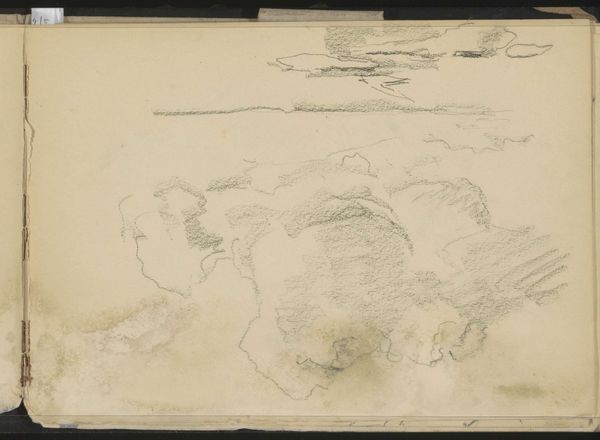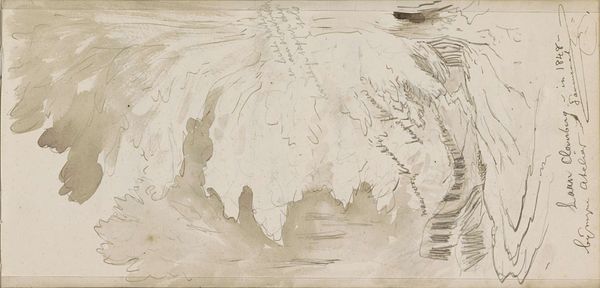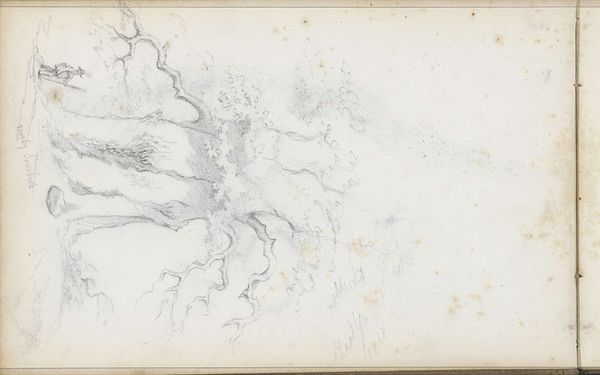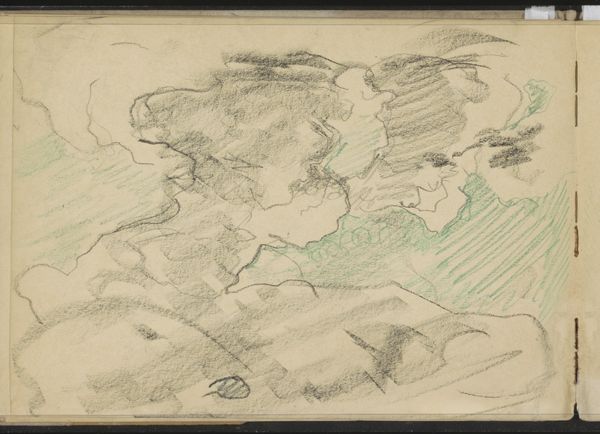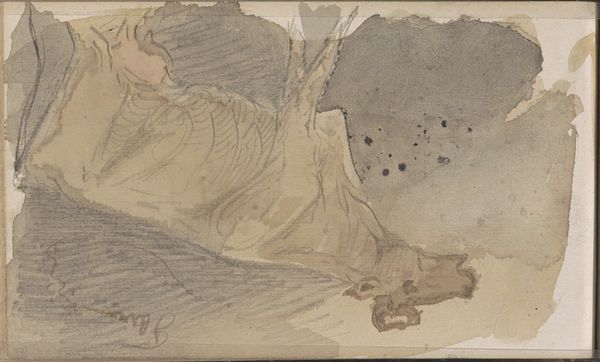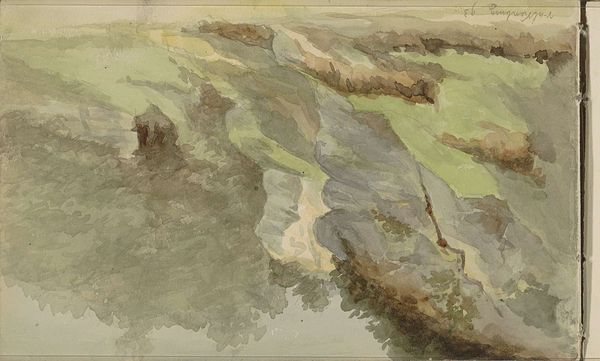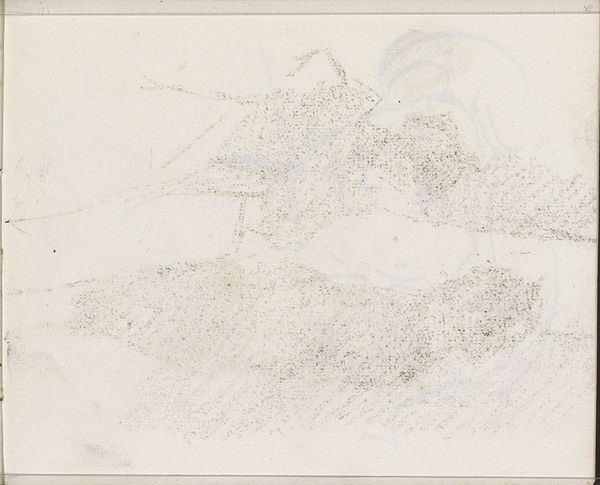
watercolor
#
landscape
#
watercolor
#
realism
Copyright: Rijks Museum: Open Domain
Curator: Well, here we have Johannes Tavenraat's "Landschap, vermoedelijk in de omgeving van Rotterdam," a landscape piece dating from 1871, held here at the Rijksmuseum. Editor: It's... hazy. And very grey, despite the touch of pale green. Almost feels like an unfinished thought. I wonder if the artist thought of it as a finished piece? Curator: That sense of impermanence may be inherent in its medium. Tavenraat rendered this "landscape, presumably in the Rotterdam area" using watercolor. Watercolors were widely used to create outdoor studies because they are very portable and relatively quick to execute compared to oil painting for example. Its portability allowed artists of the era to create studies in situ. Editor: So, were these sorts of watercolors intended for wider public consumption, or were they often made strictly as a tool? Curator: Both, likely. Watercolors like this could be produced en masse relatively easily compared to oils. There’s also the accessibility of landscape itself as a subject – especially one suggesting the familiar setting of Rotterdam at that time. This would have broadened the appeal of art-buying beyond simply the wealthy and aristocratic who patronized the fine arts establishment. Editor: It strikes me, seeing the loose rendering and almost utilitarian application, this realism isn't necessarily concerned with perfectly replicating what Tavenraat saw. Rather it’s recording of the atmospheric conditions and the geography to capture something more fundamental than photorealism could. There's a sort of material honesty to the sketch. It allows us to feel that moment without any attempt at pomp. Curator: I agree, there is indeed an intimacy achieved by this specific technique. Looking at the paper itself and the inscription we may suppose that this watercolor functioned as a personal memory or sketch but now, located at the Rijksmuseum, the painting allows visitors a glimpse into a past. The politics of display turn the initial private meditation into public knowledge. Editor: So true. And what begins as a quiet exercise ends up participating in constructing our idea of what a museum is for in the 21st century, of what the late 19th century means to us. Fascinating. Curator: It really is. Looking closely at the artwork again makes you realize how every decision regarding materials and public presentation can resonate with social meaning and individual reflection.
Comments
No comments
Be the first to comment and join the conversation on the ultimate creative platform.

